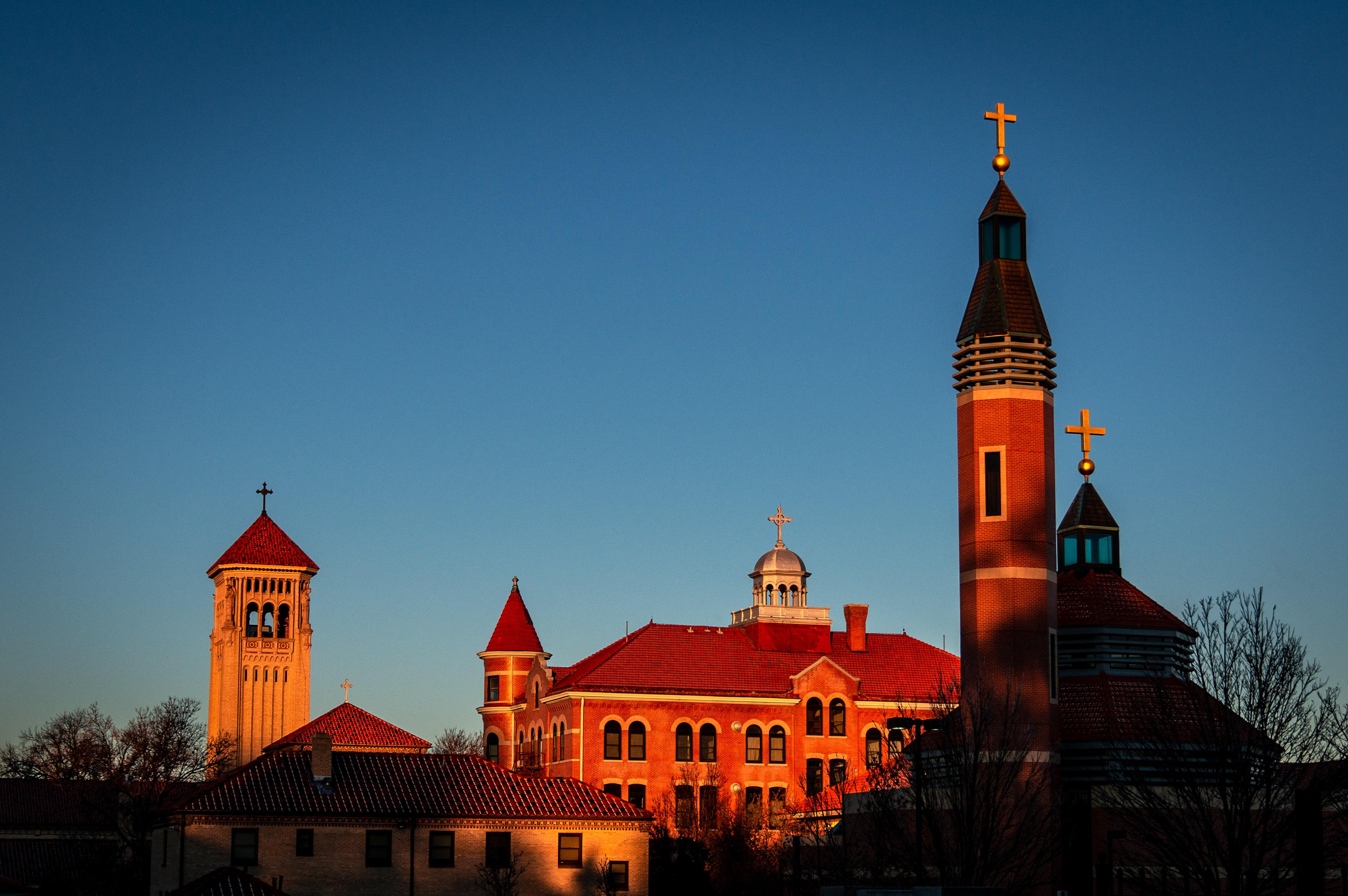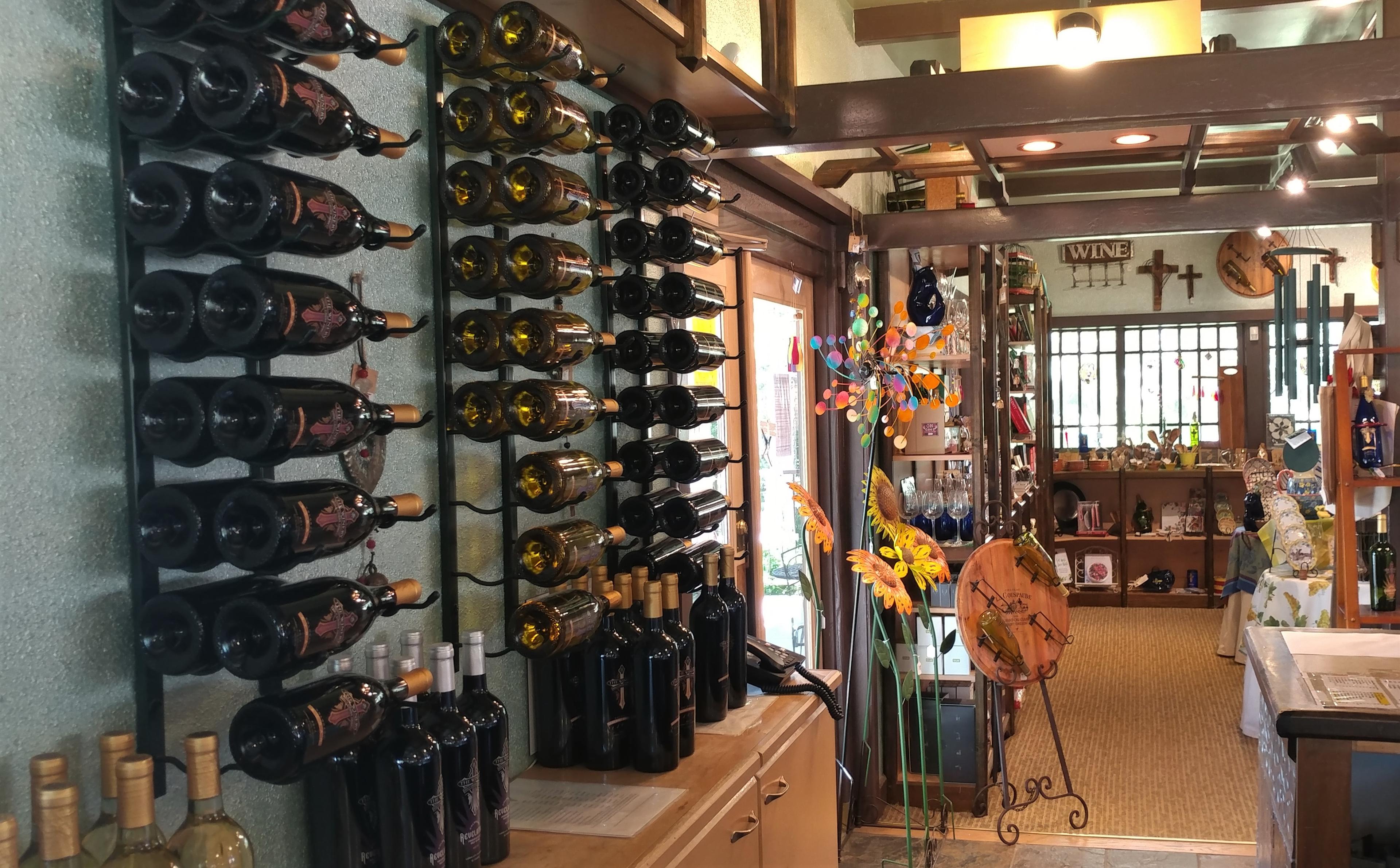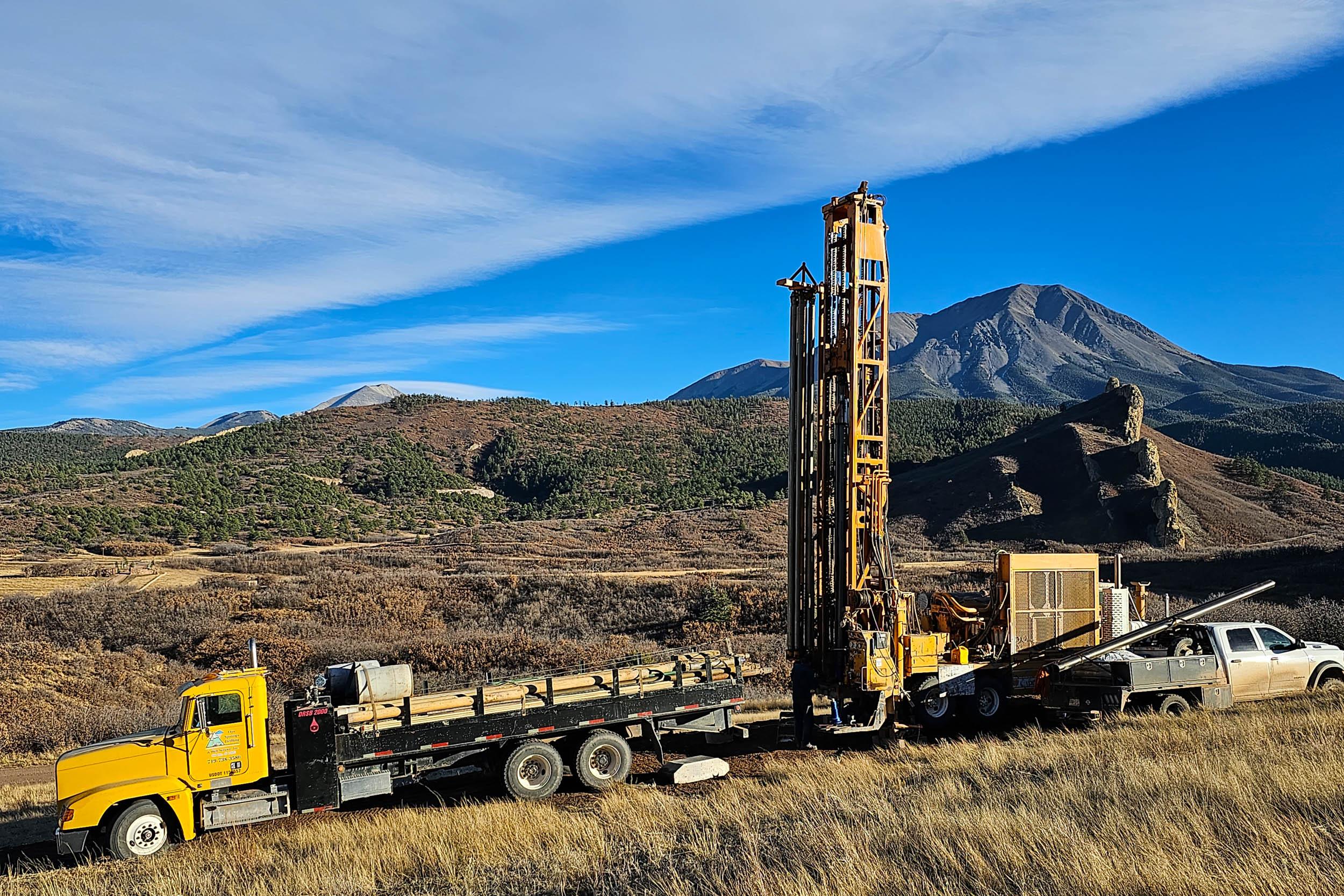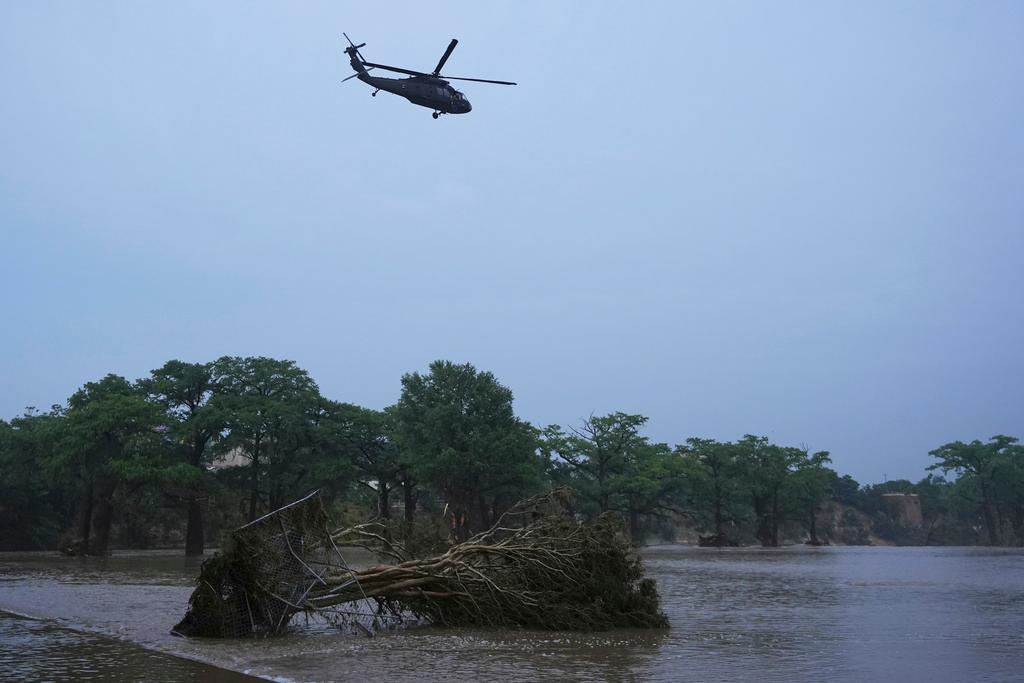
Joe Lupfer recognized the names of the priests instantly: Lawrence St. Peter and James Rasby.
Rasby had been the priest at Lupfer’s communion. St. Peter was a pastor and the president of Holy Family High School, where Lupfer graduated in 1975.
St. Peter “had kind of an aura about him,” he recalled.
“When he would say mass, it was all very precise.”
But the allegations contained in a new report from the Colorado Attorney General’s Office — no, those didn’t make sense to Lupfer. Not at first.
“I really, honestly, would say it’s skepticism,” Lupfer, 63, said of his initial reaction. “I can’t say that I believe it right now.”
Throughout Colorado, the comprehensive new report is forcing older Catholics to re-evaluate the authority figures of their young lives, and even the church itself.
The document, based on a review of church files, showed that at least 166 children were likely sexually abused by 43 priests in Colorado. Some were widely known already, like Harold Robert White, the prolific predator who was the subject of Colorado’s first public accusations.
Other names had never before been published, despite their prominent roles and troubling records.
In Pueblo, former state Sen. John Beno was named in the report, accused in 1995 of raping a 5-year-old in the 1960s. The allegation was never relayed to police, and Beno denied knowing the girl when interviewed by diocesan officials. The insurance carrier for the diocese paid out a settlement to her.
After Beno died in 2000, a second girl came forward to say he had raped her in 1968 or 1969 when she was 16.
The girl reported that when she tried to meet with Beno in 1985 or 1986, he neither apologized nor denied the abuse, but instead appeared with three lawyers and threatened her with eternal damnation. She never spoke to him again. A sexual misconduct board of the Pueblo diocese later said they had substantiated her allegation.
Beno represented Pueblo in the State Senate from 1981 to 1986.
In Denver, former priests St. Peter and Rasby might be the most familiar of the newly disclosed names. Both of the deceased men played central roles in the Denver Archdiocese.
Rasby co-founded the Samaritan House charity and served for 20 years as the rector of Denver’s “Mother Church,” — the soaring, spindly white Cathedral Basilica on Colfax Avenue. St. Peter was superintendent of the area’s Catholic schools, vicar of priests, and worked in four churches in Denver and in Buffalo Creek, Colo.
Initially, Lupfer, was “skeptical” to hear that St. Peter had been named. He reflected on his own time as an altar boy. He spent so much time with the priest — if he wasn’t abused in all that time, who was?
The attorney general’s report, in contrast, details a decades-long spree of abuse. In St. Peter’s case, internal church flies reflected sexual abuse allegations from the 1960s through the 1990s.
“Since at least 1970, the Denver Archdiocese had received numerous, reliable, consistent reports that St. Peter was sexually abusing children,” the report said. “The Denver Archdiocese never passed a single one of those reports on to law enforcement even though St. Peter was alive and actively abusing children when Denver Archdiocese officials received them.”
One survivor came forward in 2019, fifty years after he said he was raped and otherwise abused by St. Peter as an eighth grader, including at the rectory of the current Good Shepherd Catholic Church. The man “felt he could not report the abuse” because St. Peter was so beloved.
In fact, it often can take decades for people to come forward about abuse by authority figures. Terry Schippers, of Greeley, 57, came forward last year about abuse he suffered as a teenager in Kansas.
“I was kind of confused. I was a little bit embarrassed about it. I felt ashamed at the time,” he said. “I think it affected me more than I really thought at the time. I think I drank too much alcohol because of it.”
And, sometimes, the church appears to have ignored contemporaneous reports. Anna Koop, a member of the Sisters of Loretto, said that in the 1960s she heard reports from teenage boys in Denver about abusive priests at an orphanage.
“I did report those to my supervisor. But, wow, it was just, I guess, an era of ‘Don’t deal with it, or don’t touch it,’” she said, recalling her time as a social worker. She wonders now if she should have confronted the priests directly.
In the case of St. Peter, church interviews later showed his abuse was “an open secret” within the Denver archdiocese by the 1970s, according to the AG’s report. The numerous “reliable, consistent reports” were never passed to law enforcement. Nor were they investigated by the church until 1993.
St. Peter may have used his influential positions to “sanitize” his records, the AG’s report suggested.
Upon hearing the scope of the allegations, Joe Lupfer’s mindset shifted.
“It sounds like there’s a pretty good body of evidence that he did do this stuff,” he said. “So I guess I feel lucky that it wasn’t me that was involved with it.”
This weekend, at Sunday services, the archdiocese's leaders will face their congregations in many of the churches where the accused worked for years. And it could be just one more step in a process that began with Colorado’s first public accusations some 14 years ago.
“It’s actually a trigger for even more pain and anxiety,” said Jeffrey Anderson, an attorney for church abuse victims. ”Because most of the survivors themselves have never been able to report, and kept the secret and held the secret because they were coerced into silence.”









